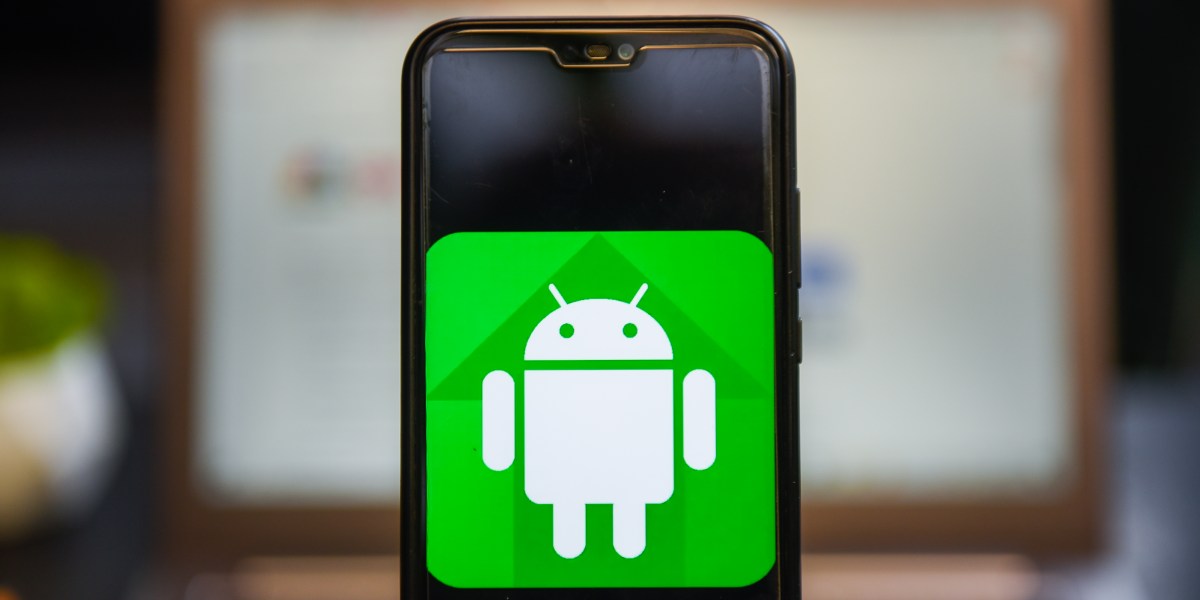Google’s Android users finally have access to a new messaging protocol that promises many of the benefits Apple users already get from iMessage.
As of late last week, all U.S. Android users now have access to Rich Communication Services (RCS), a far more powerful messaging platform and an alternative to the widely-used text messaging protocol called short message service, or SMS.
With RCS, Android users now have access to key features that Apple’s iMessage users have had for years, including read receipts that tell users when people they’re chatting with have seen their messages, the ability to send richer media, like high-resolution images, and typing bubbles that let users see when the person they’re chatting with is typing a message.
Overall, RCS is a major improvement compared to SMS. But if you’re new to RCS, you likely have plenty of questions.
Read on to learn more about RCS and the features that you can (and cannot) access with this rollout:
RCS is the new messaging protocol on Android devices. It’s an alternative for SMS and more closely matches the features available in Apple’s iMessage, WhatsApp, and Facebook Messenger. With RCS, you’ll be able to send richer, more engaging text messages than you could on SMS.
RCS is a major upgrade over SMS. For instance, in SMS, you could send basic text messages with images that would often look small and pixelated.
With RCS, the experience is much better. You can now send GIFs and high-resolution photos and videos. And although SMS messages were limited to 160 characters, RCS has no character limit. You can even send much larger files over RCS, like PDFs and Word documents.
Depending on your preferences, you can decide whether you want to send read receipts with RCS (something you couldn’t do with SMS). Typing bubbles will also show up in RCS chats, so you can see when friends are writing you something.
Group chatting is available on RCS, and you can name the chat groups you’re in. And if you want to send messages over Wi-Fi or cellular connections, it’ll work either way.
Interestingly, RCS could be a boon for businesses. Now, companies can send information like delivery information and order statuses that can show maps or images instead of plain text. Chatting will also be easier and more visual between companies and consumers.
With this release, RCS works on all U.S. carrier networks and all Android devices. It’s available in the Android Messages app on all Android devices. RCS also works with the Samsung’s messaging app on Galaxy phones.
Not yet. And so far, neither Google nor carriers overseas are saying when RCS will be available to international Android users. But it’s coming.
While you can still send SMS messages to Apple users, RCS chatting isn’t available. Apple hasn’t said whether it’ll eventually support RCS, but there have been reports that it’s considering it. For now, though, the benefits of RCS are only realized when two (or more) Android users are communicating.
Unlike iMessage or WhatsApp, RCS doesn’t support end-to-end encryption, which encrypts messages as they travel from sender to recipient. That means messages sent over RCS could technically be intercepted and viewed by third-parties.
Apple’s iMessage and WhatsApp both use end-to-end encryption, so the only people who can read the messages are those in the chat. That has been a major point of contention between Apple and law enforcement agencies, which have wanted access to messages sent over iMessage for their investigative work.
RCS is available for free to all Android users. Better yet, they don’t need to download an app to make it work. Instead, users need to update their phone’s carrier services app, which refreshes their phone’s connection to the carrier network to get all the latest features, including RCS. Users also need to update their messaging app.
—Big tech companies avoided over $100 billion in taxes. What that means
—The world’s fourth-largest economy is going cashless
—2020 Crystal Ball: Predictions for the economy, politics, technology, etc.
—Can tech save the air travel industry from its delay problem?
—How to make sure your in-flight Wi-Fi isn’t terrible
Catch up with Data Sheet, Fortune’s daily digest on the business of tech.
© 2023 Fortune Media IP Limited. All Rights Reserved. Use of this site constitutes acceptance of our Terms of Use and Privacy Policy | CA Notice at Collection and Privacy Notice | Do Not Sell/Share My Personal Information | Ad Choices
FORTUNE is a trademark of Fortune Media IP Limited, registered in the U.S. and other countries. FORTUNE may receive compensation for some links to products and services on this website. Offers may be subject to change without notice.
S&P Index data is the property of Chicago Mercantile Exchange Inc. and its licensors. All rights reserved. Terms & Conditions. Powered and implemented by Interactive Data Managed Solutions.

